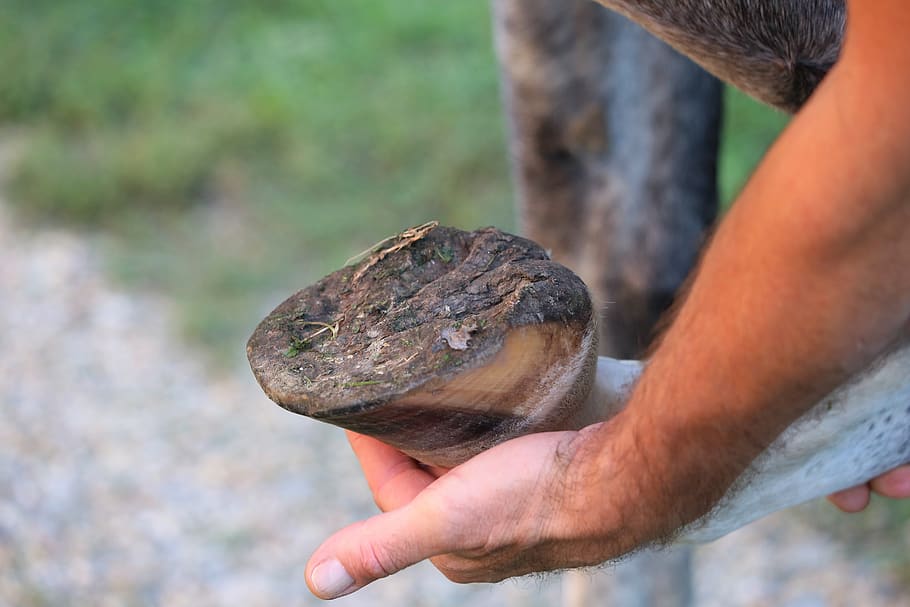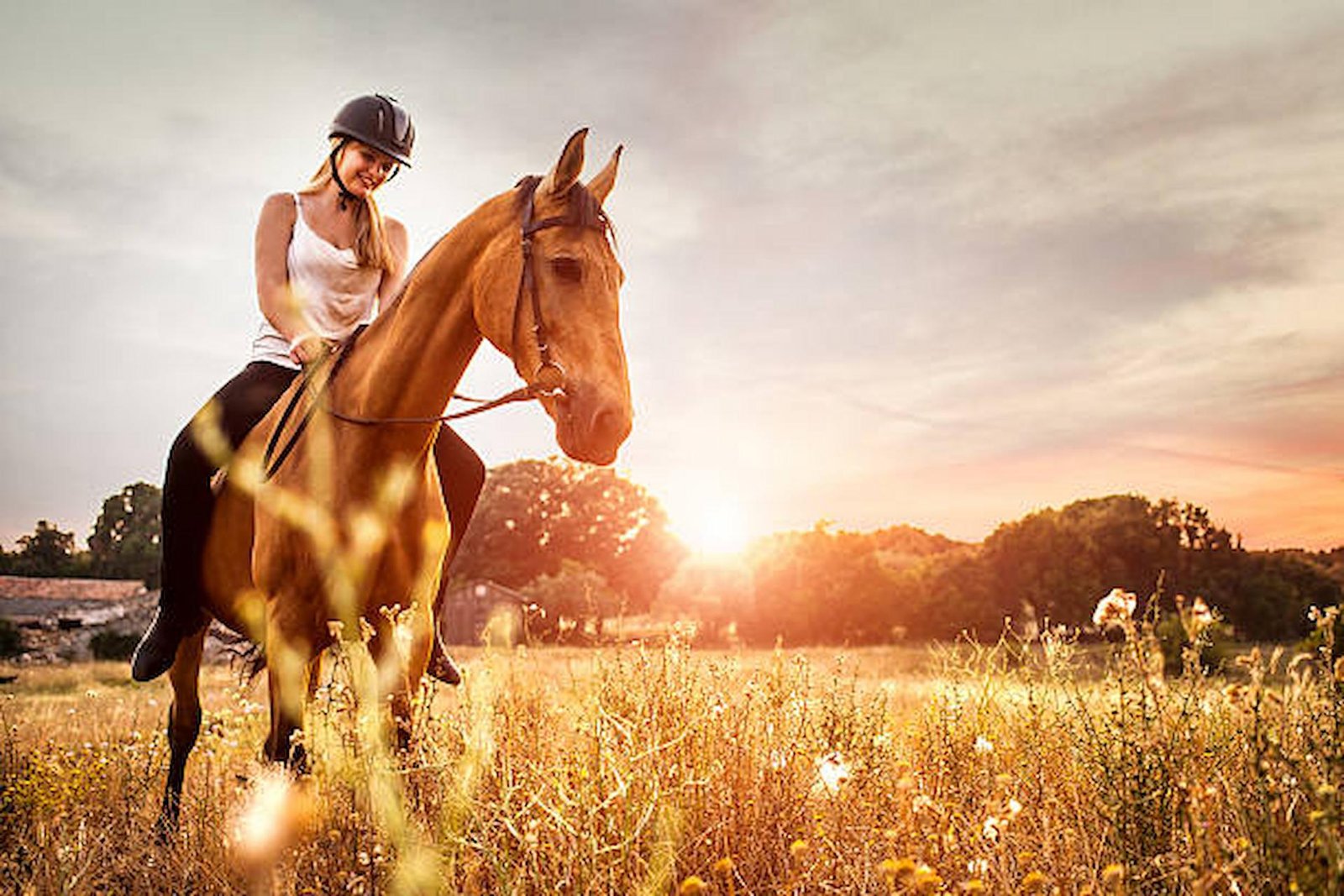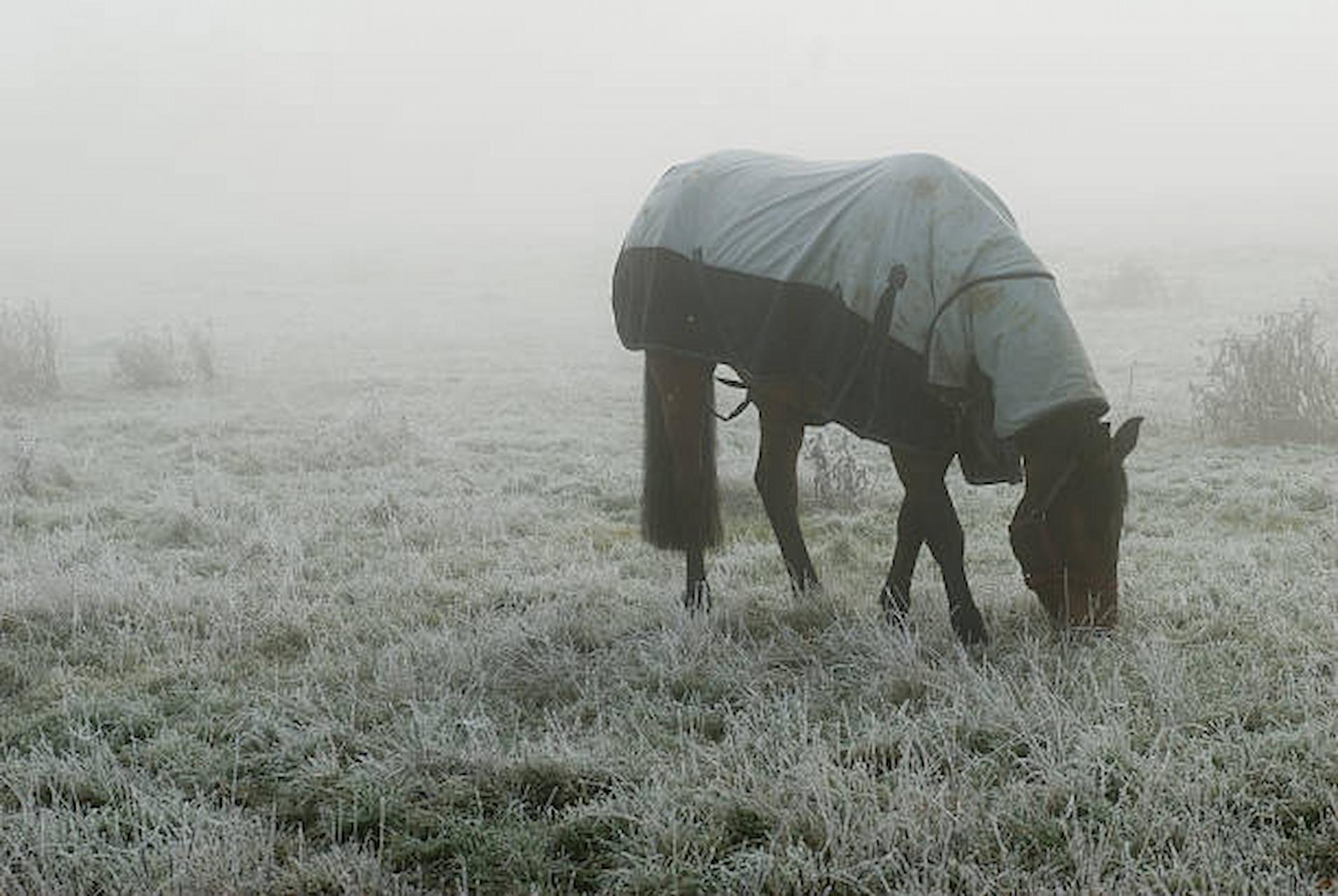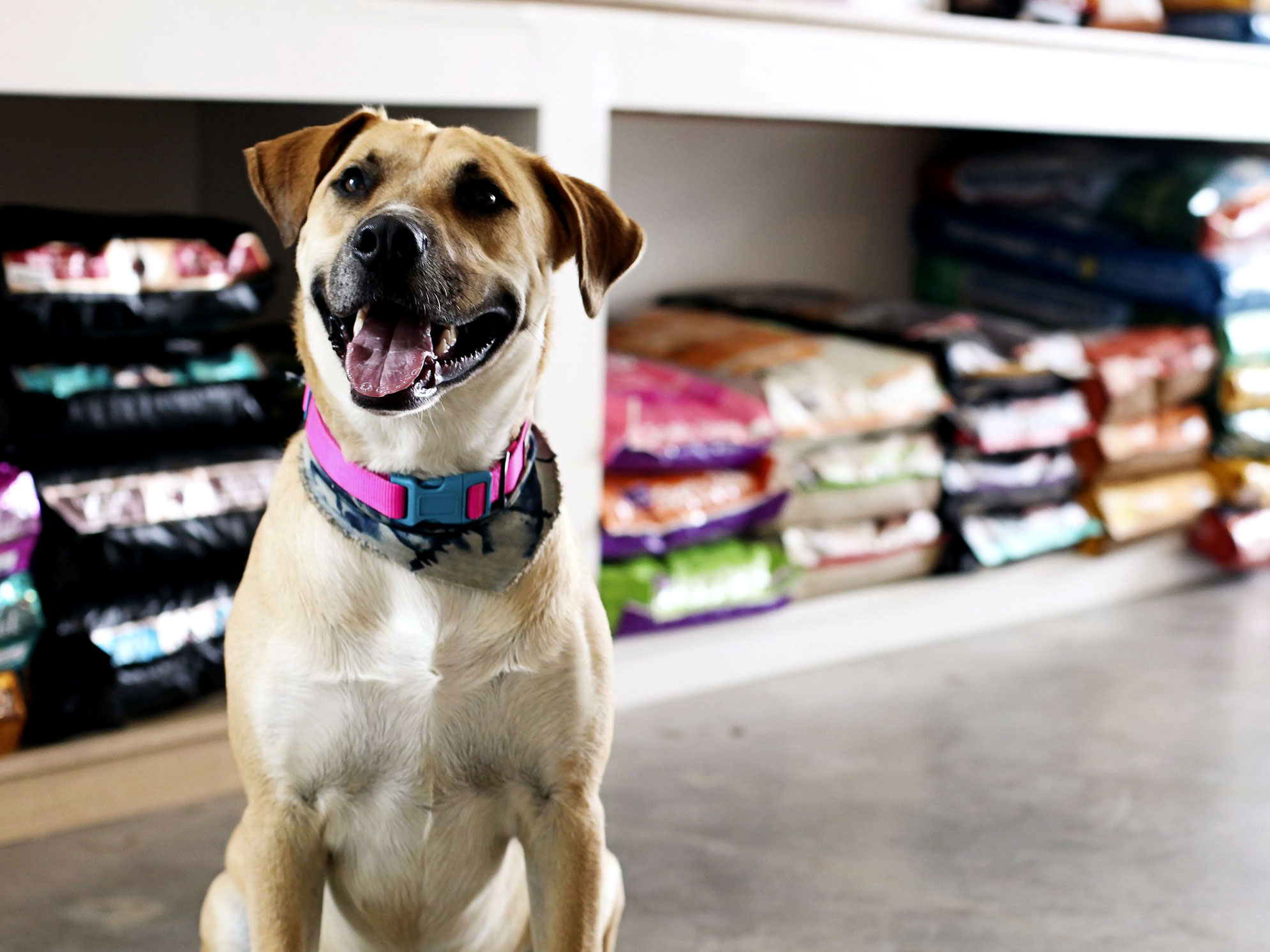It’s essential that as horse owners, we care for our horse’s hooves all year round. As the saying goes ‘no hoof, no horse’, so if you want your horse to be able to compete or cope with being ridden regularly, it is important to take good care and maintain healthy hooves all year round. Despite the winter being wet and muddy which can cause some horses problems with their feet, during warm weather conditions in the UK, feet can become dry and cracked, causing the horse an array of problems. These include poor foot balance, lameness, decreased stride length all of which can cause discomfort and have a negative impact on performance. Fortunately, we have put together a guide on how to maintain healthy hooves through dry conditions, from selecting the right horse feed to making sure they are being shod correctly by your farrier.
What Are The Signs Of Healthy Hooves?
To determine the health of a horse’s hoof there are a number of indicators to look for, which include:
- A smooth hoof wall that doesn’t contain any rings or cracks.
- A naturally glossy hoof wall which doesn’t look dry and cracked.
- Concave sole; a flat sole will result in bruising (especially on the hard ground).
- The hoof should shed water, dust and mud.
Good conformation in the feet is essential, as poor conformation can lead to strains to soft tissues such as ligaments and tendons, as well as tripping and bruising. Fortunately, there are many foot conformational faults that can be improved by a good farrier over a period of time. Good conformation in the feet will be evident, with them being even and round in shape and in proportion with the rest of the horse.
- The front feet should be at an angle of 45 degrees to the ground and the hind feet should be between 50-55 degrees.
- The feet should be free from any lines which can indicate past cases of laminitis and poor nutrition.
The Components Of The Hoof
There are many components to the horse’s foot but those that are easiest to see and asses include:
- Hoof Wall – this is the exterior of the hoof and made from a keratin-based substance. The hoof wall provides a hard protective layer around the internal parts in the foot. The hoof takes between 9-12 months for it to grow from the coronary band to the toe and for it to grow correctly, the horse must be given a good diet and be in good health. Problems in the hoof may indicate the diet isn’t balanced.
- Sole – this is a tough structure and also provides external protection to the sensitive sole underneath. It’s not weight bearing and can become bruised through hard work on the hard ground during the summer months. A corn or bruising can make a horse extremely lame and has a sudden onset. A farrier will dig out the bruising and once the pressure is relieved the horse’s lameness usually improves dramatically.
- Frog – the function of the frog is to provide grip, be a weight-bearing surface for the foot, absorb concussion and ensure that a healthy supply of blood reaches the foot.
Inside The Foot
- Digital Cushion – this is found between the deep flexor tendon and the pedal bone. The fibrous and elastic pad absorbs concussion from ground impact and also helps to push blood back up the leg.
- Sensitive Sole – you will find this underneath the pedal bone, where it produces new cells that replace lost layers of the insensitive sole.
- Laminae – the insensitive laminae attaches to the hoof wall and interlock with the sensitive laminae, which is attached to and supports the pedal bone.
- Lateral Cartilages – these cartilages are attached to the pedal bone and protect the coffin joint and absorb concussion.
How To Maintain Healthy Hooves
It’s important that you regularly check your horse’s feet so you know what is normal and can spot abnormalities quickly and take action before issues become serious problems. I It’s important that you pick their feet out before and after they are turned out to the field and before and after riding, ensuring that there are no risen nail clenches, shoes are securely on their feet, there are no abscesses and all stones are removed that could cause discomfort. In addition, picking out their feet gives you the opportunity to check for thrush, punctures and cracks, which can be superficial but can worsen and impact the hoof structure. You should therefore make sure that your horse is shod every 6-8 weeks, but note that this depends on the horse and what your farrier suggests is more suitable for their feet specifically and the time of year. If you have any queries about your horse’s feet and you want advice, take time to discuss good hoof care for your individual horse with your farrier.
After your farrier has visited you should check for a number of things, including:
- The horse should be sound so trot them up on a flat surface once they have been shod.
- Check the balance of the feet.
- The periople hasn’t been over rasped, as this will damage the waterproof layer.
- The sole of the foot should not touch the ground in unshod hoses.
- Ensure that the sides of the frog have been trimmed and the frog should be level or below the edge of the hoof wall.
As well as regular farriery, you can maintain healthy hooves by feeding correctly. Biotin is a nutrient that is associated with healthy hooves, but they also need other amino acids, and minerals such as zinc and copper. A balancer or supplement can help to provide your horse with the nutrients they require and is particularly useful if they aren’t getting the recommended amounts of a mix or cube. . Some good-doers tend to have less biotin in their diet as they have limited forage fed to them to help keep their weight under control. This means that less fibre is fermented and so less biotin is naturally created as a by-product of the fibre digestion process. Therefore, it’s sometimes necessary to feed a supplement to ensure that they are getting everything they need.
There are numerous ailments that can affect the feet including bruised soles, thrush, seedy toe, laminitis, sand/grass cracks and nail bind/prick. Therefore, you should be regularly checking their feet, so if you spot any of these signs you can seek professional assistance f immediately to prevent any further damage.
If you would like to find out more about how to keep your horse’s hooves healthy, speak to an equine nutritionist and your farrier, who will be able to provide you with specific advice for your horse.





